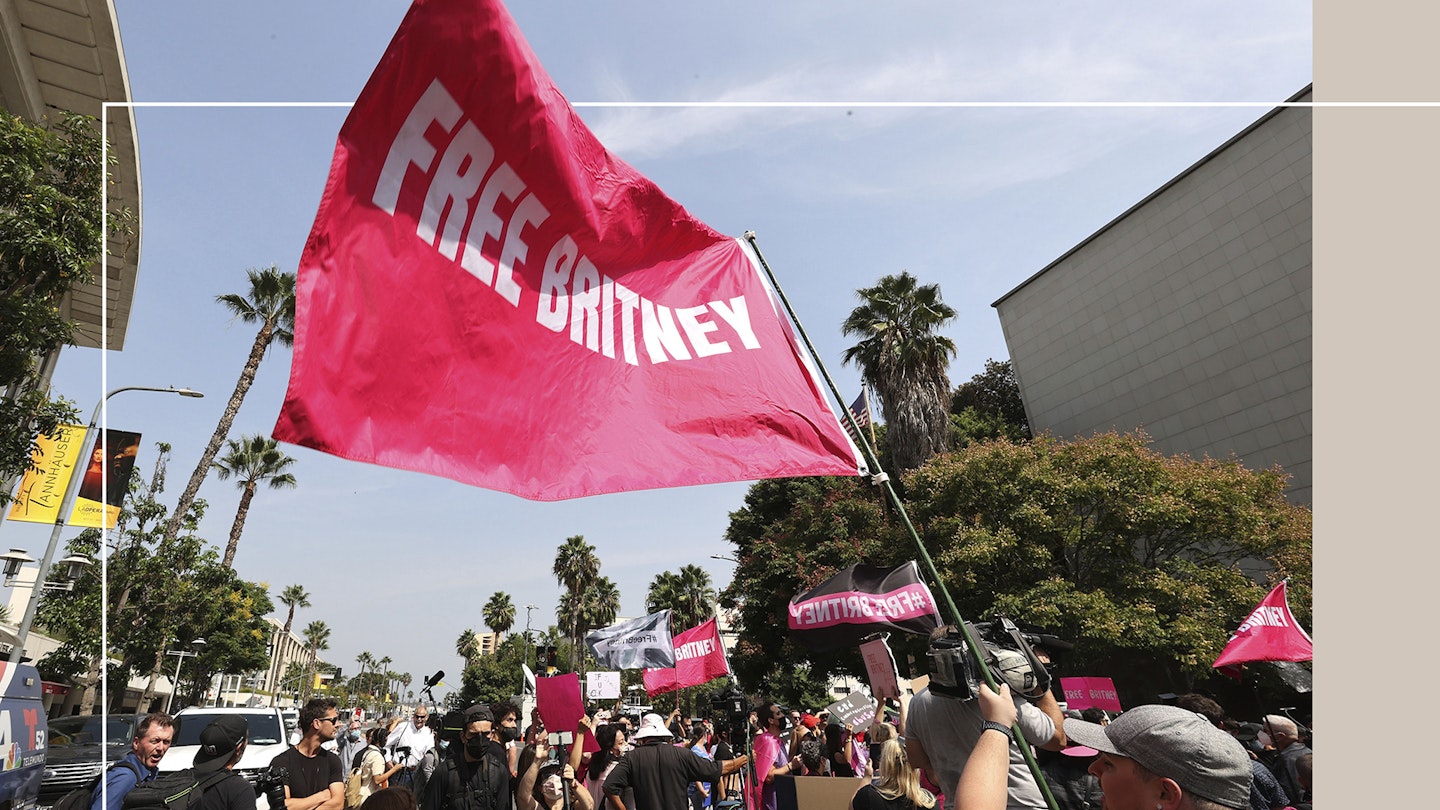Before I started working on Framing Britney Spears, my only reference points for her were the schoolgirl costume and the time she shaved her head. Even 13 years later, that 2007 image of Britney grinning, clippers in hand, defined her for me.
At the time, my team was putting together a series of documentaries for The New York Times and our senior story editor, Liz Day, pitched the idea to look back at the media coverage of Britney with a post- #MeToo lens.
It was never supposed to be about her conservatorship – the court-ordered agreement that gave her father Jamie control over much of her life – but the more we dug into how Britney was portrayed versus how those close to her described her, we realised we had this huge mystery to unravel.
How had someone who was once considered to be so in control of her career had nearly all control taken from her? Why was this woman who is making millions of dollars for hundreds of people, performing one of the most successful shows in Las Vegas, in a situation where she was deemed incapable of making decisions about her own life?
We made a list of 1,000 names of everyone who had ever worked with Britney, and I started going to the court hearings about her conservatorship to talk to fans. Eventually, women who worked with her started talking to us, and their perception of her as this kind and astute businessperson, even as a teen, was wildly different to the media coverage I was watching from the late ’90s and early 2000s.
That footage still gives me nightmares – the way she was shamed for her sexuality and dismissed. I’m the same age, 40, as Britney now: watching that back made me realise that treating her like that had made it OK to treat me like that. I got so angry watching the footage that I couldn’t sit still, I had to get on my exercise bike in my living room!
Now, interviews get put online so regular people can respond in the comments and on social media, but back then there was no accountability for this type of coverage – misogyny was just ingrained in our culture.
In making our follow-up documentary, Controlling Britney Spears, we got hold of sealed court documents that showed Britney had been communicating to the court that she wanted to end the conservatorship as early as 2014; that she felt it was too controlling and she didn’t want her dad involved. She had been advocating for herself for years to no avail.
Now, so much has changed with her conservatorship. First, Jamie was removed as her financial conservator and then finally, after 13 years of control, the court removed it altogether. She is finally free. I think Britney’s determination would have seen this happen even without our documentary – she would’ve continued to challenge the court. But I do think we helped reframe how the public saw Britney and in turn that exploded public support for her case.
My fear was that viewers would see the media coverage in the documentary and have the same reaction they did then, that she was ‘crazy’. But after its release, when I saw #WeAreSorryBritney was trending, I was floored – people finally realised how wrong the media coverage was and how much she’d been humiliated. Before the documentary, people thought it was OK to make fun of Britney but now I don’t think that’s publicly acceptable to do – that’s my proudest achievement.
READ MORE: Here’s All The Things Britney Will Finally Be Allowed To Do After 13 Years
Britney Spears Says The Free Britney Movement Saved Her Life
